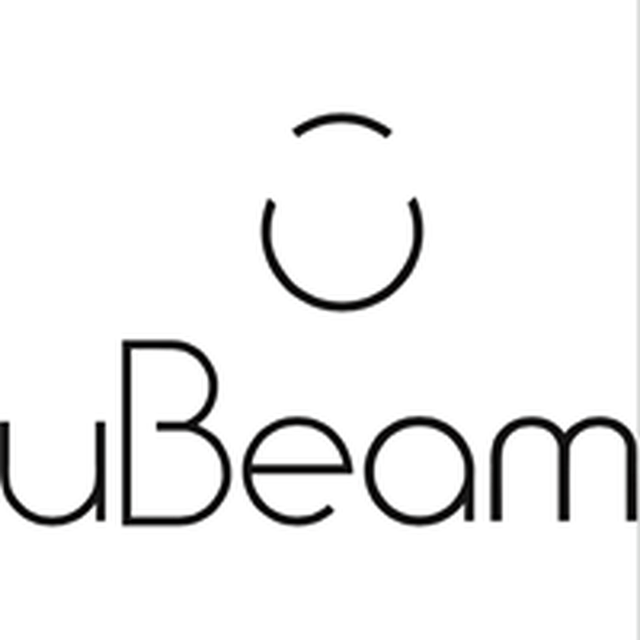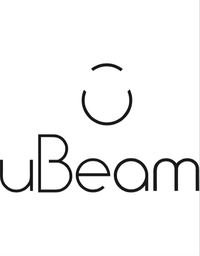uBeam

uBeam
uBeam is a U.S. company that is developing a wireless charging system that is designed to work via ultrasound.
The Founder and CEO is Meredith Perry.
The company was founded in 2012.
The company has raised $23 million at a rumored $500 million valuation.
Investors include Andreessen Horowitz and Mark Cuban, who called uBeam a "zillion dollar idea".
In May 2016, former VP of Engineering Paul Reynolds wrote several blog posts accusing uBeam of being a scam.
[24]The company has still never demoed its product.
History
uBeam was founded in 2011 by Meredith Perry while she was a student at the University of Pennsylvania for the school's invention competition, deemed "PennVention".
[12] uBeam won PennVention in April 2011 and in demonstrated the first prototype of the technology at The Wall Street Journal's All Things Digital Conference, D9 in May 2011.
[6] At 21 years old, Perry is the youngest person in history to have ever demoed at the Conference.
uBeam has received $26 million in investment, from prominent venture capitalists and investors such as Andreessen Horowitz, Upfront Ventures, Founders Fund as well as billionaire Mark Cuban and former Yahoo! Inc. Chief Executive Marissa Mayer.
[8].
Axios reported that uBeam privately demonstrated a working prototype of the technology at the Upfront Summit on February 2nd, 2017 [10].
uBeam publicly demonstrated wirelessly charging several iPhone 7 s, Samsung Galaxy S7's, and LEDs simultaneously to the USA TODAY, which was published on the front page of the newspaper on June 1, 2017 [11]
Leadership
uBeam's executive leadership team consists of:
Meredith Perry, Founder, CEO, Director. Former NASA Astrobiology Intern and NASA Student Ambassador. Graduate of the University of Pennsylvania
Larry Pendergrass, EVP & CTO. Former engineering executive at Tektronix, Keithley Instruments, Agilent, and Hewlett Packard.
Kostas Mallios, COO. Former GM at Microsoft and VP at Intellectual Ventures.
Dr. Matthew O'Donnell, Chairperson, Technical Advisory Board. Dean Emeritus, Engineering, University of Washington.
Dr. Martine Rothblatt, Strategic Advisor. Founder, Chairperson, United Therapeutics; Founder, SiriusXM Satellite Radio
Kenneth Hertz, Esquire, Strategic Business Advisor
Mark Suster, Director
Katie McMahon, Director
Technology
In November 2015, the company released technical specifications for its proposed system.
uBeam's system would transmit a pure ultrasound using a single frequency between 45 kHz - 75 kHz, with a sound intensity of 145 dB to 155 dB SPL, and that it would use a phased array technique to direct the beam.
Safety
uBeam has stated the technology will transmit a single frequency of pure ultrasound within 45-75 kHz.
OSHA states in Appendix C--Ultrasound:
Ultrasound is any sound whose frequency is too high for the human ear to hear.
(The upper frequency that the human ear can detect is approximately 15 to 20 kilohertz, or kHz, although some people can detect higher frequencies, and the highest frequency a person can detect normally declines with age.) [20]
OSHA Section C.1 Health Effects and Threshold Limit Values (TLVs): [20]
Research indicates that ultrasonic noise has little effect on general health unless there is direct body contact with a radiating ultrasonic source.
Reported cases of headache and nausea associated with airborne ultrasonic exposures appear to have been caused by high levels of audible noise from source subharmonics.
Subharmonics are sound waves with frequencies that are a fraction (e.g., one-half, one-quarter) of the original ultrasound frequency.
Because they are lower than the ultrasound, the human ear can detect them.
The American Conference of Governmental Industrial Hygienists has established permissible ultrasound exposure levels.
These recommended limits (set at the middle frequencies of the one-third octave bands from 10 kHz to 100 kHz) are designed to prevent possible hearing loss caused by the subharmonics of the set frequencies, rather than the ultrasound itself.
OSHA also states:
For a detailed review of ultrasound effects on human hearing, published literature, international ultrasound standards, and recommendations for future directions, see: Lawton, B.W.
Damage to Human Hearing by Airborne Sound of Very High Frequency or Ultrasonic Frequency.
Health and Safety Executive.
The report concludes:
There is not sufficient data in the literature to support, or even contemplate, a dose response relation between occupational exposure to VHF noise and resultant hearing risk.
The frequencies uBeam states they intend to use are similar to that of rear parking sensors found in most modern vehicles.
Industrial regulations limit ultrasound power density over the range of 40 kHz to 100 kHz to 115 dB (Sweden, Poland, the former USSR [18] [26] [28]), 110 dB for the unprotected ears but 137 dB elsewhere on the body (Canada [2]), or 145 dB (USA [26]). uBeam's proposed operating conditions are therefore above or exactly at these limits in those countries.
Ultrasound is non-ionizing radiation, and airborne ultrasound has no potential to damage tissue.
[3] There is no data to support, or even contemplate, a dose response relation between occupational exposure to very high frequency noise and resultant hearing risk.
The company also states that the beam will cut out automatically if it is intercepted by objects other than the receiver, ensuring safety.
Dr Joseph Pompei of Audio Spotlight has published data showing that their product safely generates ultrasonic sound pressure levels around 130 dB (at 60 kHz) measured at 3 meters with no impact to humans nor pets.
The frequencies uBeam states they intend to use are similar to that of rear Parking sensor s found in most modern vehicles.
Criticisms
Some observers have been critical of the company's ultrasound technology, stating that uBeam's claims are unlikely to be achievable.
Critics have also cited problems such as the difficulty of achieving high efficiency in sound transfer, of achieving an unobstructed path for the beam, and the high absorption of high frequency ultrasound in air.
